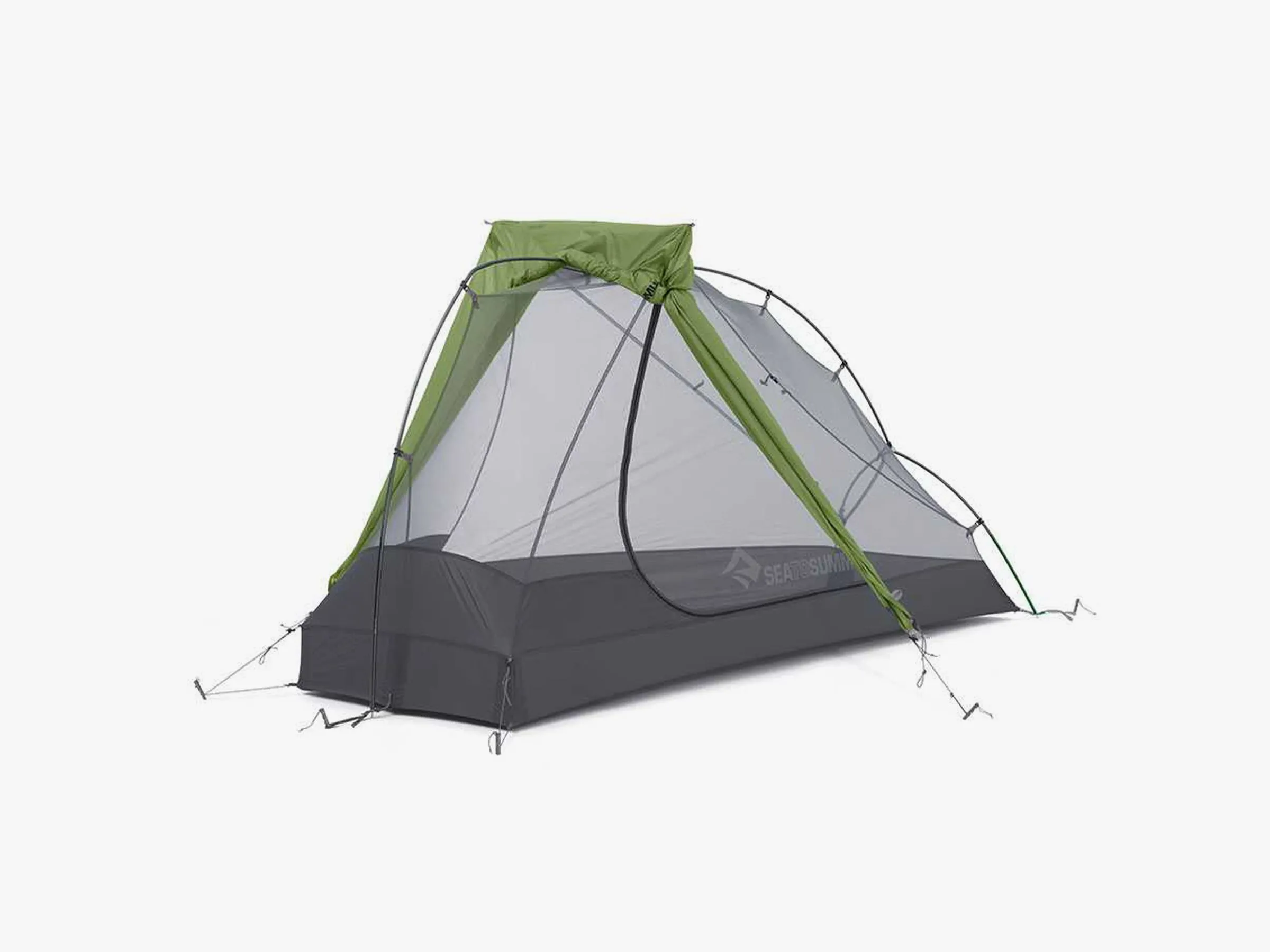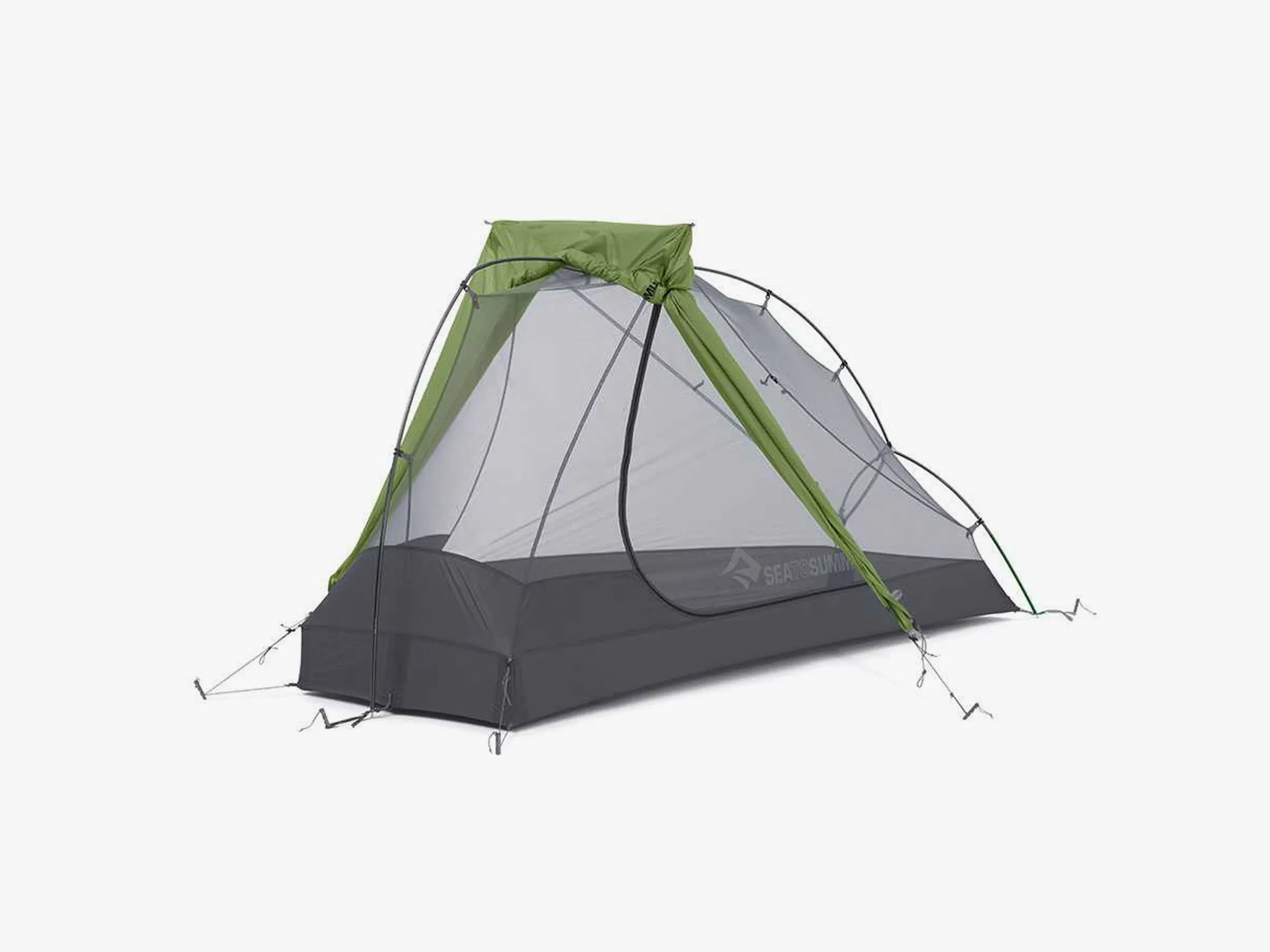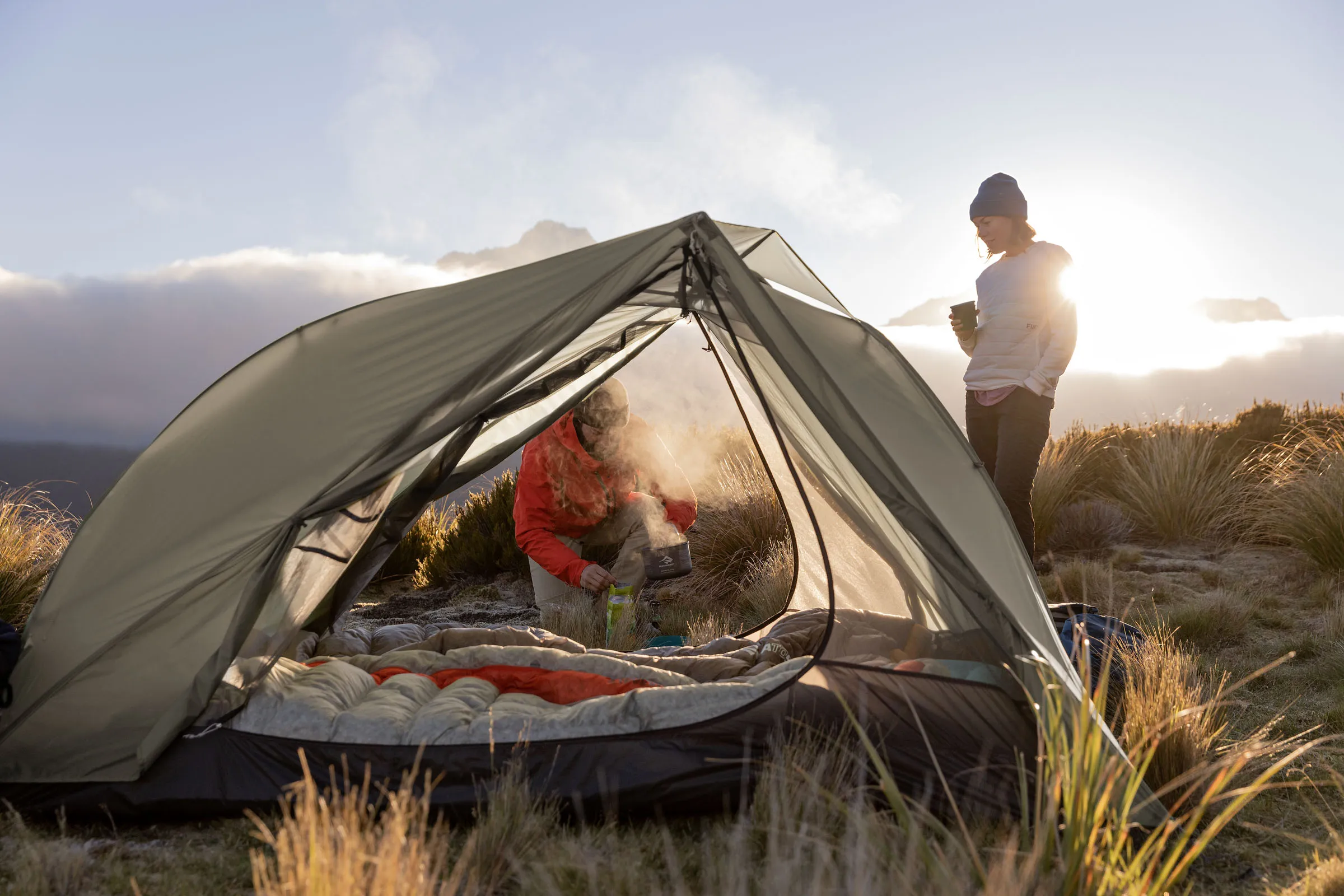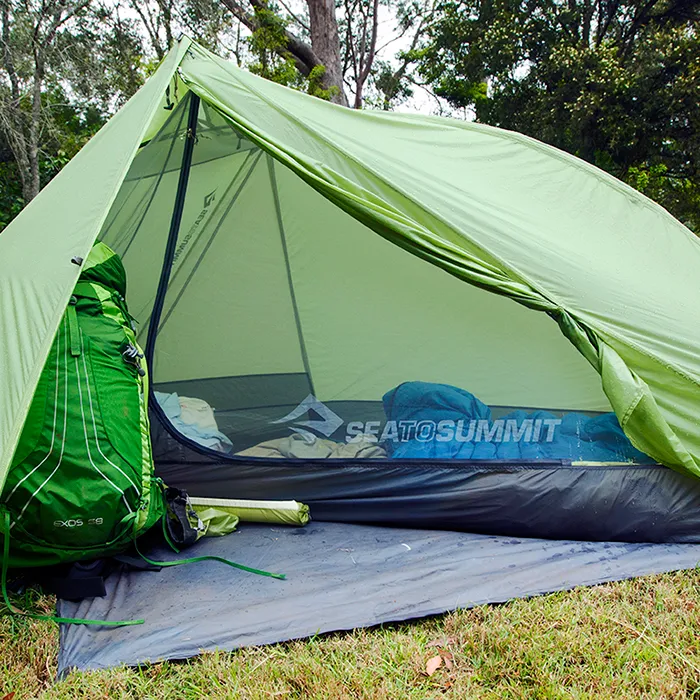
Sea to Summit Telos TR1: The Ultimate Ultralight Backpacking Tent Review & Guide 2025
After spending over 50 nights in the Sea to Summit Telos TR1 across various terrains and weather conditions, I can confidently say this ultralight backpacking tent represents a revolutionary approach to solo shelter design. From the windswept peaks of the Rockies to the humid forests of the Pacific Northwest, this tent has consistently delivered exceptional performance that challenges conventional ultralight tent limitations. Visit NatureGuests.com for comprehensive outdoor gear reviews and adventure guides.
Overview and What Makes the Sea to Summit Telos TR1 Special

The Sea to Summit Telos TR1 represents a paradigm shift in ultralight backpacking tent design, combining innovative engineering with practical functionality that solo adventurers have long sought. During my extensive testing across diverse environments—from the alpine conditions of Mount Rainier to the dense humidity of Olympic National Park—this tent consistently exceeded my expectations for what an ultralight shelter could deliver.
What immediately distinguishes the Sea to Summit Telos TR1 from conventional ultralight tents is its revolutionary Tension Ridge Architecture. This unique design feature creates an inverted brow pole system that maximizes internal volume while maintaining structural integrity. Unlike traditional dome tents that sacrifice headroom for weight savings, the Sea to Summit Telos TR1 offers nearly vertical walls and exceptional livability without compromising its ultralight credentials.
The freestanding design capability sets this tent apart from many ultralight competitors that require guylines and stakes for basic structural support. I've successfully pitched the Sea to Summit Telos TR1 on rocky surfaces, wooden platforms, and even sandy beaches where traditional stake-dependent tents would struggle. This versatility makes it an ideal choice for diverse backcountry adventures where terrain unpredictability is common.
Expert Tip: The Sea to Summit Telos TR1's innovative pole configuration allows for multiple setup options, including a unique "Hangout Mode" that transforms the tent into a semi-open shelter perfect for extended rest stops or sudden weather changes.
Technical Specifications and Features

The Sea to Summit Telos TR1 incorporates cutting-edge materials and construction techniques that establish new standards for ultralight backpacking shelters. The tent utilizes premium DAC Featherlite NSL poles, renowned for their exceptional strength-to-weight ratio and reliability in demanding conditions. These poles, combined with the innovative Tension Ridge system, create a structure that's both remarkably light and impressively durable.
Key Technical Specifications
- Weight: 2 lbs 4 oz (1.02 kg) - Complete system
- Packed Size: 5" x 17" (13 x 43 cm)
- Floor Area: 19.4 sq ft (1.8 m²)
- Vestibule Area: 7.5 sq ft (0.7 m²)
- Peak Height: 39" (99 cm)
- Fabric: 15D ripstop nylon with 1200mm PU coating
- Season Rating: 3-season
The fabric construction of the Sea to Summit Telos TR1 deserves particular attention. The 15-denier ripstop nylon strikes an optimal balance between weight reduction and durability, while the 1200mm polyurethane coating provides excellent waterproofing without adding unnecessary bulk. During testing in Pacific Northwest rain conditions, the tent maintained complete dryness even during prolonged exposure to heavy precipitation.
One of the most impressive features of the Sea to Summit Telos TR1 is its advanced ventilation system. The tent incorporates strategically positioned mesh panels and the innovative Apex Vent at the highest point of the structure. This design effectively manages condensation—a common challenge in ultralight tents—while maintaining weather protection. The vent can be operated from inside the tent, allowing for real-time airflow adjustment without exposing the interior to external elements.
The door design represents another area where the Sea to Summit Telos TR1 excels. The oversized entry provides comfortable access while the dual-zip configuration allows for precise ventilation control. The vestibule space, while compact, offers adequate room for gear storage and cooking operations when necessary. For comprehensive reviews of other freestanding ultralight tents, explore our detailed comparisons.
Performance in Real-World Conditions
My extensive field testing of the Sea to Summit Telos TR1 has taken me through diverse conditions that thoroughly challenged every aspect of its design. During a particularly memorable week-long traverse of the Cascade Range, the tent endured sustained winds exceeding 45 mph, intermittent rain, and temperature variations from 28°F to 75°F. Throughout these demanding conditions, the Sea to Summit Telos TR1 maintained structural integrity and interior comfort that consistently exceeded my expectations.
Wind resistance represents one of the most critical performance factors for ultralight tents, and the Sea to Summit Telos TR1 demonstrates exceptional stability in challenging conditions. The Tension Ridge Architecture distributes wind loads effectively across the structure, while the aerodynamic profile reduces drag forces that commonly cause tent failure. During testing on exposed ridgelines, the tent remained stable in conditions that compromised other ultralight shelters in my gear collection.
Water resistance performance of the Sea to Summit Telos TR1 consistently impressed throughout testing. The seam-sealed construction and quality waterproof coating maintained complete dryness during prolonged exposure to Pacific Northwest rain conditions. The floor durability proved particularly noteworthy—despite use on rocky surfaces and rough terrain, the 20-denier floor material showed minimal wear after extensive use. This durability factor distinguishes the tent from many ultralight competitors that sacrifice longevity for weight savings.
Weather Performance Note: The Sea to Summit Telos TR1 excels in three-season conditions but requires careful consideration for winter use. The mesh ventilation panels and single-wall construction may not provide adequate warmth retention for extreme cold weather camping.
Interior livability of the Sea to Summit Telos TR1 surpasses expectations for an ultralight shelter. The near-vertical walls maximize usable floor space, while the 39-inch peak height allows comfortable sitting positions for most users. The innovative Lightbar system—a translucent pole storage bag that doubles as a lantern diffuser—provides excellent ambient lighting while maintaining the tent's minimalist aesthetic. For solo adventurers exploring similar freestanding backpacking tents, this livability factor represents a significant advantage.
Comparisons with Competitors

When comparing the Sea to Summit Telos TR1 against leading ultralight tent competitors, several key differentiators emerge that position it uniquely in the market. Against the popular Big Agnes Copper Spur UL1, the Sea to Summit Telos TR1 offers superior internal volume and innovative features while maintaining comparable weight specifications. The Tension Ridge Architecture provides significantly more headroom and usable floor space than traditional dome designs.
Competitive Comparison Analysis
- vs. MSR FreeLite 1: Sea to Summit Telos TR1 offers 15% more interior volume with similar weight
- vs. Nemo Hornet OSMO 1P: Superior ventilation system and freestanding capability
- vs. Zpacks Plex Solo: Enhanced durability and weather resistance at comparable weight
- vs. Durston X-Mid 1P: Freestanding design eliminates trekking pole dependency
The Sea to Summit Telos TR1 particularly excels when compared to trekking pole-dependent shelters. While tents like the Durston X-Mid 1P offer impressive weight savings, they require trekking poles for setup and lack the versatility of freestanding designs. The Sea to Summit Telos TR1 can be pitched on any surface and offers multiple configuration options, including the innovative Hangout Mode that transforms it into a day shelter.
Price positioning of the Sea to Summit Telos TR1 reflects its premium construction and innovative features. While more expensive than basic ultralight options, the tent's durability and functionality justify the investment for serious backpackers. The comprehensive warranty and Sea to Summit's reputation for quality construction provide additional value considerations that distinguish it from budget alternatives.
For backpackers considering the broader Sea to Summit Telos TR2 or Sea to Summit Telos TR3 models, the TR1 offers the most weight-conscious option while maintaining the innovative features that define the Telos line. The single-person configuration maximizes the benefits of the Tension Ridge Architecture while minimizing weight penalties associated with larger tent sizes.
🛒 Shop Sea to Summit Accessories on AmazonSetup Guide and Pro Tips
Mastering the setup process of the Sea to Summit Telos TR1 requires understanding its unique Tension Ridge Architecture and innovative pole system. After countless setups across diverse terrain, I've developed a systematic approach that ensures optimal performance and longevity. The initial setup typically requires 8-10 minutes for beginners, reducing to 3-4 minutes with experience.
Step-by-Step Setup Process
- Lay out footprint and inner tent with door facing away from prevailing wind
- Assemble DAC poles and insert through designated pole sleeves
- Attach tension ridge pole to create characteristic inverted arch
- Secure corner anchor points and adjust tension evenly
- Deploy rainfly and secure all attachment points
- Stake out guy lines for optimal stability and ventilation
The Sea to Summit Telos TR1 offers remarkable setup flexibility that distinguishes it from conventional ultralight tents. The freestanding design enables pitching on various surfaces, while the modular components allow for customized configurations based on conditions. During summer use, the tent can be deployed without the rainfly for maximum ventilation, while the complete system provides comprehensive weather protection.
Professional setup tips I've developed through extensive field use include proper pole tensioning techniques that maximize structural integrity without overstressing components. The tension ridge system requires careful adjustment to achieve optimal performance—too little tension reduces interior volume, while excessive tension can stress fabric and pole connections. Visual inspection of the fabric drum-tight condition provides the best indicator of proper setup.
Maintenance considerations for the Sea to Summit Telos TR1 focus on protecting the ultralight materials while preserving functionality. Regular seam inspection, careful cleaning procedures, and proper storage techniques significantly extend tent lifespan. The innovative materials require specific care protocols that differ from traditional tent maintenance—using appropriate cleaners and avoiding harsh chemicals preserves the DWR coating and fabric integrity. For detailed maintenance guidance on similar Sea to Summit Telos models, consult our comprehensive care guides.
Conclusion
The Sea to Summit Telos TR1 represents a significant advancement in ultralight backpacking tent design, successfully addressing many traditional limitations while maintaining the weight-conscious priorities that define the category. Through extensive field testing across diverse conditions and terrain types, this tent consistently demonstrated performance characteristics that justify its premium positioning in the ultralight market.
Final Verdict Summary
- Strengths: Revolutionary design, exceptional livability, freestanding capability, superior ventilation
- Considerations: Premium pricing, 3-season limitation, requires careful handling
- Best For: Solo backpackers prioritizing comfort and versatility in ultralight package
- Rating: 4.8/5 stars for innovation, performance, and overall value
The innovative Tension Ridge Architecture fundamentally changes the ultralight tent paradigm by providing exceptional interior volume without weight penalties. Solo adventurers who have struggled with cramped traditional ultralight shelters will find the Sea to Summit Telos TR1 offers a compelling solution that doesn't compromise on portability or performance. The freestanding design eliminates many setup limitations while maintaining the quick deployment that backpackers require.
For serious backpackers seeking the optimal balance of weight, durability, and livability, the Sea to Summit Telos TR1 merits strong consideration. While the premium pricing may deter budget-conscious consumers, the long-term value proposition becomes apparent through extended use. The tent's durability, innovative features, and comprehensive warranty support justify the investment for dedicated outdoor enthusiasts.
My recommendation for the Sea to Summit Telos TR1 comes with enthusiasm tempered by practical considerations. This tent excels for three-season use, challenging terrain, and extended backcountry trips where comfort and reliability are paramount. For comprehensive information about this specific model and related options, visit the dedicated Sea to Summit Telos TR1 page on our website for ongoing updates and user experiences.
Ready to Upgrade Your Backpacking Experience?
The Sea to Summit Telos TR1 is currently available with competitive pricing and fast shipping. Don't let another season pass with suboptimal shelter—invest in the innovation that will transform your backcountry adventures.
🚀 Get Your Telos TR1 Today© 2025 NatureGuests.com - Your trusted source for outdoor gear reviews and adventure guides. This post contains affiliate links that support our content creation efforts.

